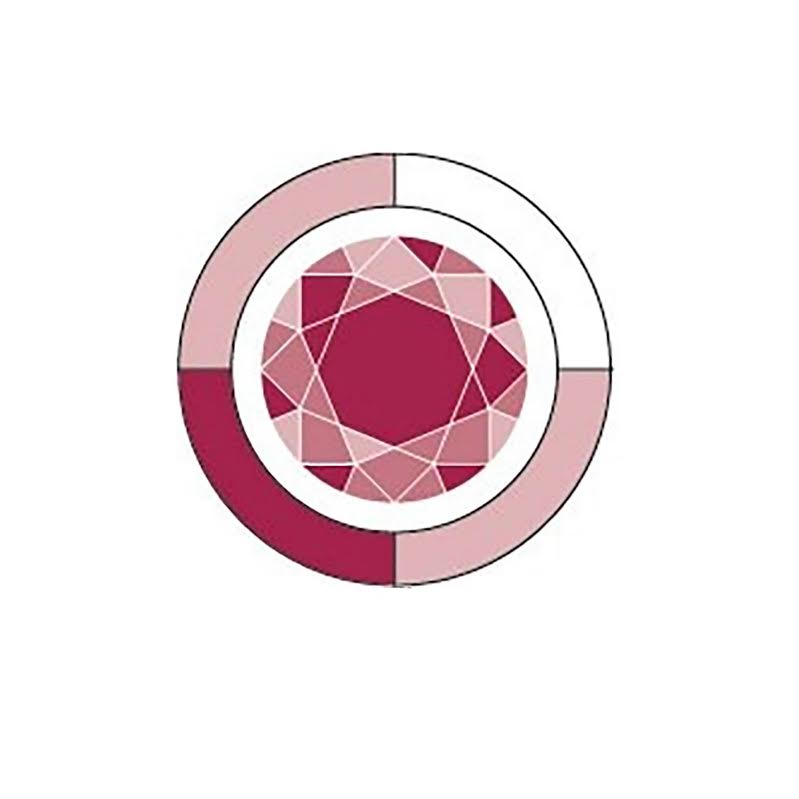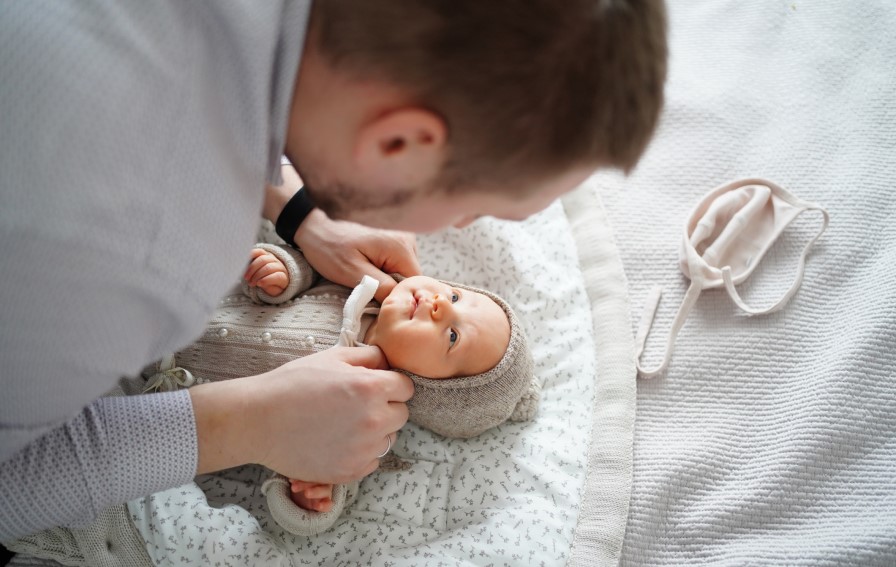In a win for gender equality, the Australian government enhancing women’s retirement savings by paying super on government PPL and expanding the PPL.
The government has announced that from 1 July 2025, it will commence paying super on Government Paid Parental Leave (PPL). This comes on the back of calls by unions and the women’s movement, pointing to many reports which show that retiring women, on average, have 25% less super than men due to taking time out of the workforce to raise children.
“[Paying super on Government parental leave] helps normalise taking time off work for caring responsibilities and reinforces Paid Parental Leave is not a welfare payment – it is a workplace entitlement just like annual and sick leave.” – Minister for Social Services, Amanda Rishworth
According to the government, this reform, along with the proposed expansion to Paid Parental Leave, is key to women’s economic security and benefits the broader economy. Currently, subject to meeting eligibility conditions, a family can receive up to 20 weeks (or 100 payable days) of Government PPL at rate of $176.55 a day before tax or $882.75 per 5-day week (at the national minimum wage for children born or adopted from 1 July 2023). 2 weeks out of the 20 weeks is reserved for each parent.
Current eligibility conditions for the government PPL payment include:
- caring for a child who was born or adopted from 1 July 2023;
- meeting the income test – individual adjusted taxable income must be $168,865 or less in the 2023-23 financial year. If the individual income test cannot be met, the family income test can be used. Under the family income test, an individual can qualify for government PPL if their combined adjusted taxable income, along with that of their partner, is $350,000 or less.
- not be working on parental leave paydays, except for allowable reasons;
- meeting the work test – the individuals must have worked for both 10 of the 13 months before the birth or adoption of the child, and for a minimum of 330 hours (around 1 day a week), in that 10-month period.
- meeting the residency rules – the individual must be living in Australia and have either: Australian citizenship; a permanent visa; a special category visa; a certain temporary visa. Newly arrived residents may have to wait 2 years before getting the government PPL.
- registering or applying to register the child’s birth with State or Territory birth registry if a newborn.
With the passing of recent legislation, the PPL scheme will be expanded from 1 July 2024. From that date, individuals and families will have access to an extra 2 weeks of leave (22 weeks in total) which will increase to 24 weeks from 1 July 2025 and to 26 weeks from 1 July 2026.
This means a total of 6 additional weeks of PPL for new parents, and by 2026, a total of 4 weeks will be reserved for each parent on a use it or lose it basis, which will help encourage greater sharing the care responsibilities.
The number of PPL days that a family is able to take together at the same time will also be increased to 4 weeks from 1 July 2025 from the current 2 weeks, which will increase flexibility for families and support parents to take time off work together.
The government hopes that these changes, along with reforms to childcare and parenting payment, will mean a more dignified and secure retirement for more Australian women.

Have a read our other blog articles with up to date information on all things Tax, Super, Finance & Small Business. https://www.garnetaccounting.com.au/articles/
Please reach out if you’re unsure about your personal or business situation and would like some support and guidance.
Email reception@garnetaccounting.com.au or click to book an appointment below.

